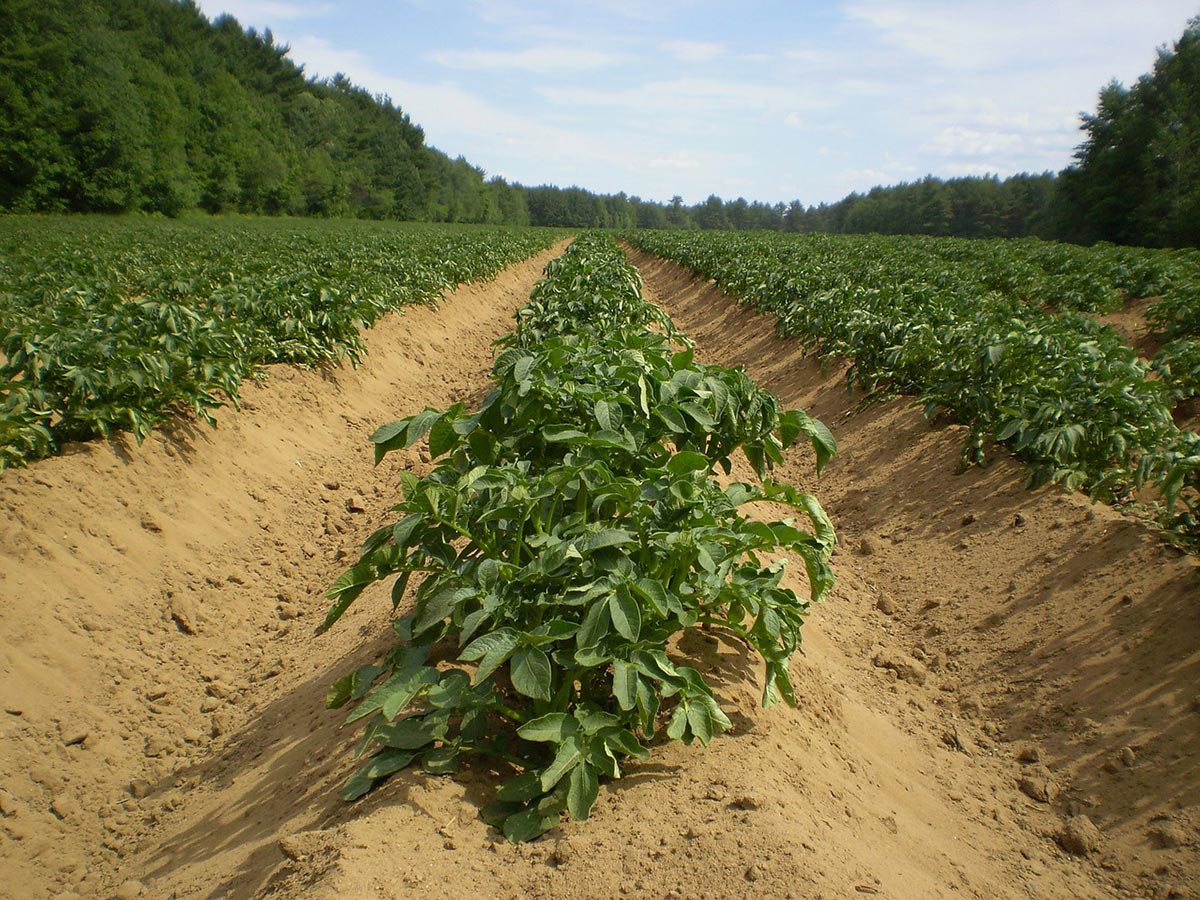




The evolution of agricultural production has moved forward significantly and now more than ever farmers choose to use plastic films in the cultivation of different products such as fruits, vegetables and flowers. Today, we would like to give some details about the benefits of taking advantage of plasticulture to cultivate potatoes.
Within plasticulture there are some options that allow the cultivation of potatoes throughout the year, if you want to offer quality and satisfy consumers who are always waiting for new crops. These options include mulching, drip irrigation, fertigation, high tunnels and row covers, tools that not only benefit producers, but also the markets of each country, since the product is always available to meet the demands of consumers “all year round”.
Depending on the geographical location of each plantation and the climatic changes that take place during the seasons, unexpected scenarios usually arise, which affect the process of growth and maturity of the crop. However, when plastic films are used, farmers can cope with these seasonal variations and cultivate potatoes to satisfy the market aside from improving product quality and increasing economic return.
There are certain implicit benefits of using plasticulture when it comes to planting potatoes. When plastic covers are used, the temperature of the soil can be increased considerably, thus causing the plant to sprout and develop ahead of schedule and controlling weeds. By installing drip irrigation on the crop, surface moisture is controlled by increasing fertilization capacity. Besides, the risk of plant diseases is reduced, and insects can be easily controlled.
The sprouts of potatoes rise earlier, and plants manage to grow to a bigger size with each new season. In the case of smaller plantations “plastic film together with drip irrigation is usually used in the production of vegetables. The raised beds are usually 4 inches high and 30 inches wide with the drip tape buried 3 inches deep in the centre of the bed. The seedpieces can be hand-planted using a bulb setter to make two rows of holes spaced 18 inches between the rows with the holes spaced 8-inches apart in the rows on the 30 inch wide raised beds,” according to the specialized publication PennState Extension.
On the other hand, to cultivate potatoes in large-size plantations, it should be carried out in “double rows 18 inches apart with 12 inches in row, using a water wheel planter without water application at the time of planting the potato seedpiece, as is done with vegetable transplants. It is important to have adequate soil moisture prior to making the beds and applying the plastic mulch and drip irrigation tape, to ensure that the hole made by the water-wheel transplanter will not collapse before the seedpiece can be placed in the hole.”
For best results, plastic mulching, high beds and drip irrigation technique must be aligned. It is advisable to apply a strong and sturdy black mulch from 1 to 1.25mil thickness to cultivate potatoes, otherwise if you use any other plastic mulch you run the risk of too much light passing through to the plant-bed, which would make the potatoes acquire a green skin colour that is not appealing for the consumer.
Although there are still those who believe that using plastics implies a large monetary and unnecessary investment, currently, producers who are dedicated to the cultivation of potatoes know that it is not only beneficial but fundamental, since once they are able to achieve an increase of soil temperature, the production is considerably higher, in comparison to cultivations made in bare soil.
The agricultural producers, who have opted to include plasticulture in their crops, have noticed that the yield of their plantations has grown consistently, not only in the commercial area but also in terms of the exploitation of the soil, which results in a significant improvement of each potato variety that is reflected in the final product once it is harvested.
It is a very useful blog and very important information about Mulch.